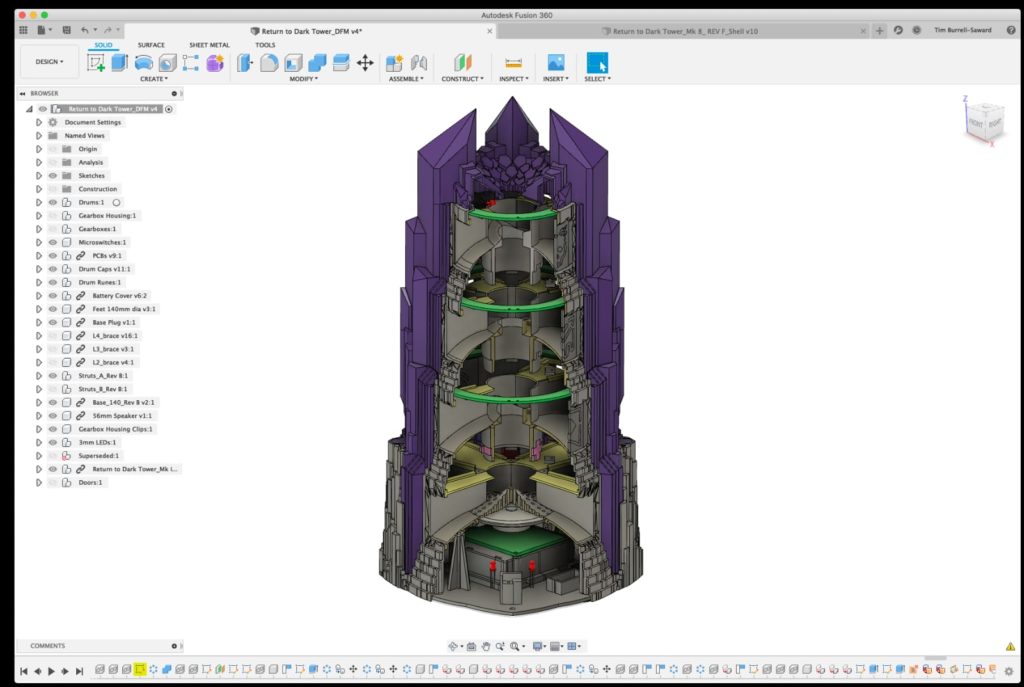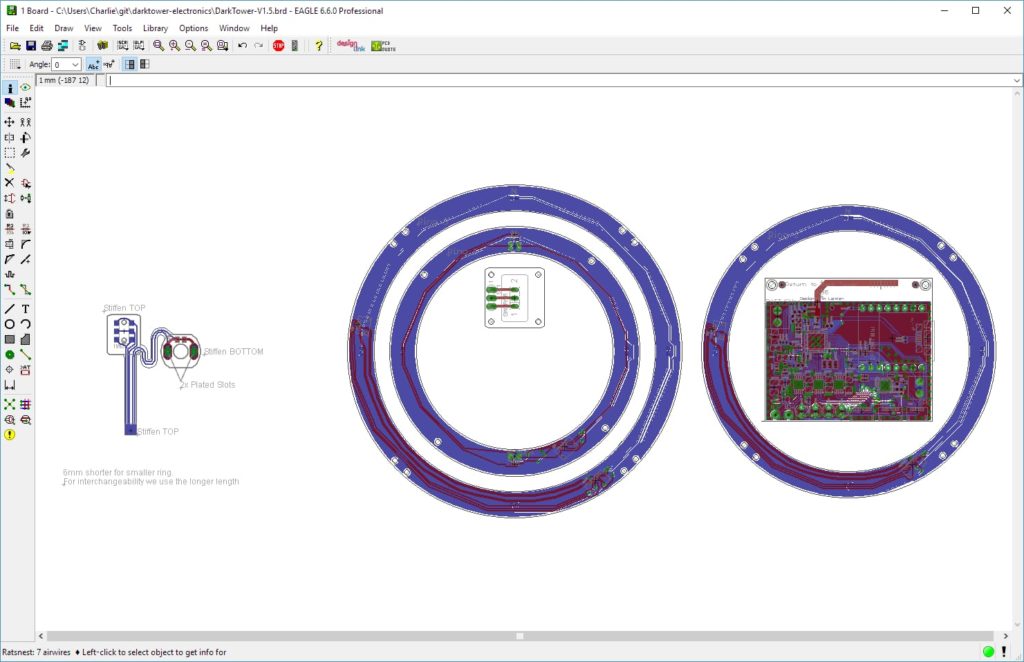& Construction

Integrated BIM tools, including Revit, AutoCAD, and Civil 3D
& Manufacturing

Professional CAD/CAM tools built on Inventor and AutoCAD
3 min read
The year is 1981, in a neon drenched basement with a pulsing bass synth soundtrack, you and your friends gather for another night of Dungeons and Dragons, but Steve, that one friend you have who always gets the new games first and is really cool and shares them with everyone, just got this new epic board game from his mom called Dark Tower. You run over to the boom box, it’s time to lower the synth sounds and focus in on this amazing game with the electronic tower!
The year is 2020, you’re an adult now, and those memories of Dark Tower have faded a little, but the good times ring true, as you sit for a coffee break at work, your phone rings, it’s Steve. “Dude, did you hear? Dark Tower is getting a sequel game with a giant electronic tower and a connected app”.
Ok ok ok, I’ll stop writing this like a story now, I promise.
Did you hear about this though? Chances are, you didn’t play Dark Tower when it first came out, but the story of the game is still incredible, it lives on as board game of legendary status and we need to congratulate the team for this new rendition right now and for quadrupling their Kickstarter goal at the time of writing!
Of course, the new game, Return to Dark Tower was made using Fusion 360, which is why we’re writing about it, and beyond the cool factor of how amazing this game looks, there’s some really incredible tech and work going on in the background to bring everything to life. Tim, the designer behind the tower, took me through the process of bringing this 40-year-old game into the 21st century with modern tech, and what new things have been brought to the table as part of the process.
Believe it or not, the final version of the tower in the game, is the 9th iteration of the design. We find this number amazingly low over here at Fusion 360 (have you ever tried making a complex moving and undulating tower before? That S**t is hard) and the solution delivered is incredibly elegant. Tim is a designer with a really pragmatic approach to design, first always addressing the hard problems, ensuring that the core principles work before moving onto the next stage. Back in 1981, when Dark Tower was first launched, a single DC motor controlled the entire tower, but it’s 2020 now, people expect a bit more refinement from their board games! If this is sounding familiar to you, then you have an impeccable memory, as Tim, was the creative designer behind another amazing app connected board game that used Fusion 360 in the creative process – Beasts of Balance.


We can’t wait to play Return to Dark Tower, and we hope you’re just as excited as we are!

By clicking subscribe, I agree to receive the Fusion newsletter and acknowledge the Autodesk Privacy Statement.
Success!
May we collect and use your data?
Learn more about the Third Party Services we use and our Privacy Statement.May we collect and use your data to tailor your experience?
Explore the benefits of a customized experience by managing your privacy settings for this site or visit our Privacy Statement to learn more about your options.